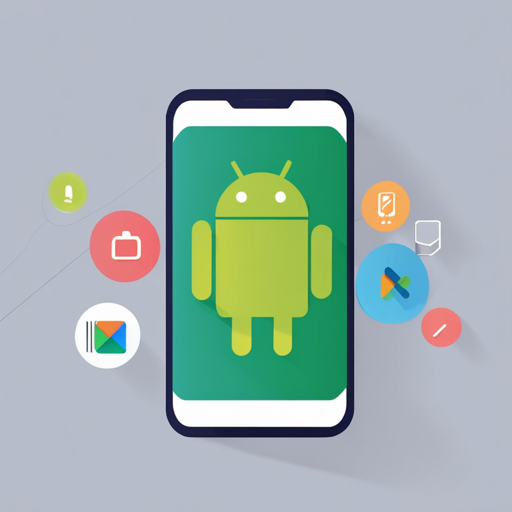Creating an Android application can be a rewarding and exciting venture, especially with the power of Kotlin at your fingertips. In this guide, we will take you through the essential components needed to build a Kotlin-based Android app using various libraries, and we’ll explore troubleshooting tips along the way.
Essential Components of Our Kotlin Application
We’ll cover the following topics for our application:
- Kotlin Basics
- Network Operations using HttpUrlConnection
- Database Management with SQLite
- Web Scraping with Jsoup
- Image Loading through Glide
Getting Started with Your Kotlin Application
Before diving into the code, ensure you have the following:
- Android Studio installed
- Kotlin plugin enabled
- A basic understanding of Android app development
Understanding Key Components Through Analogy
Imagine building your Android app as constructing a LEGO house. Each piece represents a different functionality that combines to make your app complete. Let’s break down the major blocks:
- Kotlin: The base plates that hold your LEGO pieces together. It provides stability and structure.
- HttpUrlConnection: Like the mail service that allows communication between your home (the app) and nearby locations (servers). It sends requests and receives responses.
- SQLite: Your storage box where you keep extra LEGO pieces (data) when you’re not using them. It organizes and manages this data efficiently.
- Jsoup: The tool that helps you find specific pieces of LEGO in your extensive collection (scrapes data from web pages).
- Glide: The quick assembly tool that fits pieces together seamlessly (loads images efficiently).
Implementing the Components
1. Setting Up Network Connections
Utilizing Kotlin, we create a network call using the HttpUrlConnection. Here’s a snippet:
val request = AsyncNetwork()
request.request(Constants.HOST_MOBILE_URL, null)
request.setRequestCallback(object : IRequestCallback {
override fun onSuccess(httpURLConnection: HttpURLConnection?, response: String) {
// Handle your success here
}
})2. Creating a SQLite Database
For managing our data, we will use SQLite to create a table:
CREATE TABLE tb_class_page_list (
_id INTEGER PRIMARY KEY ASC AUTOINCREMENT,
href STRING UNIQUE,
description STRING,
image_url STRING,
id_class_page INTEGER REFERENCES tb_class_page (_id) ON DELETE CASCADE ON UPDATE CASCADE,
[index] INTEGER);
3. Using Jsoup for Scraping
We can parse HTML content with Jsoup to extract specific elements. Here’s an example:
Document doc = Jsoup.parse(html);
Elements elements = doc.body().getElementsByTag("a");
String text = elements.get(0).text();
String imageUrl = elements.get(0).attr("src");
4. Loading Images with Glide
For a smooth user experience, you’ll want to load images efficiently using Glide:
Glide.with(context)
.load(imageUrl)
.into(imageView);
Troubleshooting Common Issues
While constructing your app, you may run into some hiccups. Here are a few troubleshooting tips:
- Ensure all dependencies are included in your build.gradle file.
- Check if your network permissions are set in the AndroidManifest.xml.
- If you face issues with Jsoup parsing, verify the HTML structure and update your selectors accordingly.
- For issues with image loading, ensure your URLs are accessible and correct.
For more insights, updates, or to collaborate on AI development projects, stay connected with fxis.ai.
Conclusion
Building an Android application using Kotlin can be an enriching experience. With tools like HttpUrlConnection, SQLite, Jsoup, and Glide, you can create a powerful application. Keep experimenting and enhancing your skills!
At fxis.ai, we believe that such advancements are crucial for the future of AI, as they enable more comprehensive and effective solutions. Our team is continually exploring new methodologies to push the envelope in artificial intelligence, ensuring that our clients benefit from the latest technological innovations.

